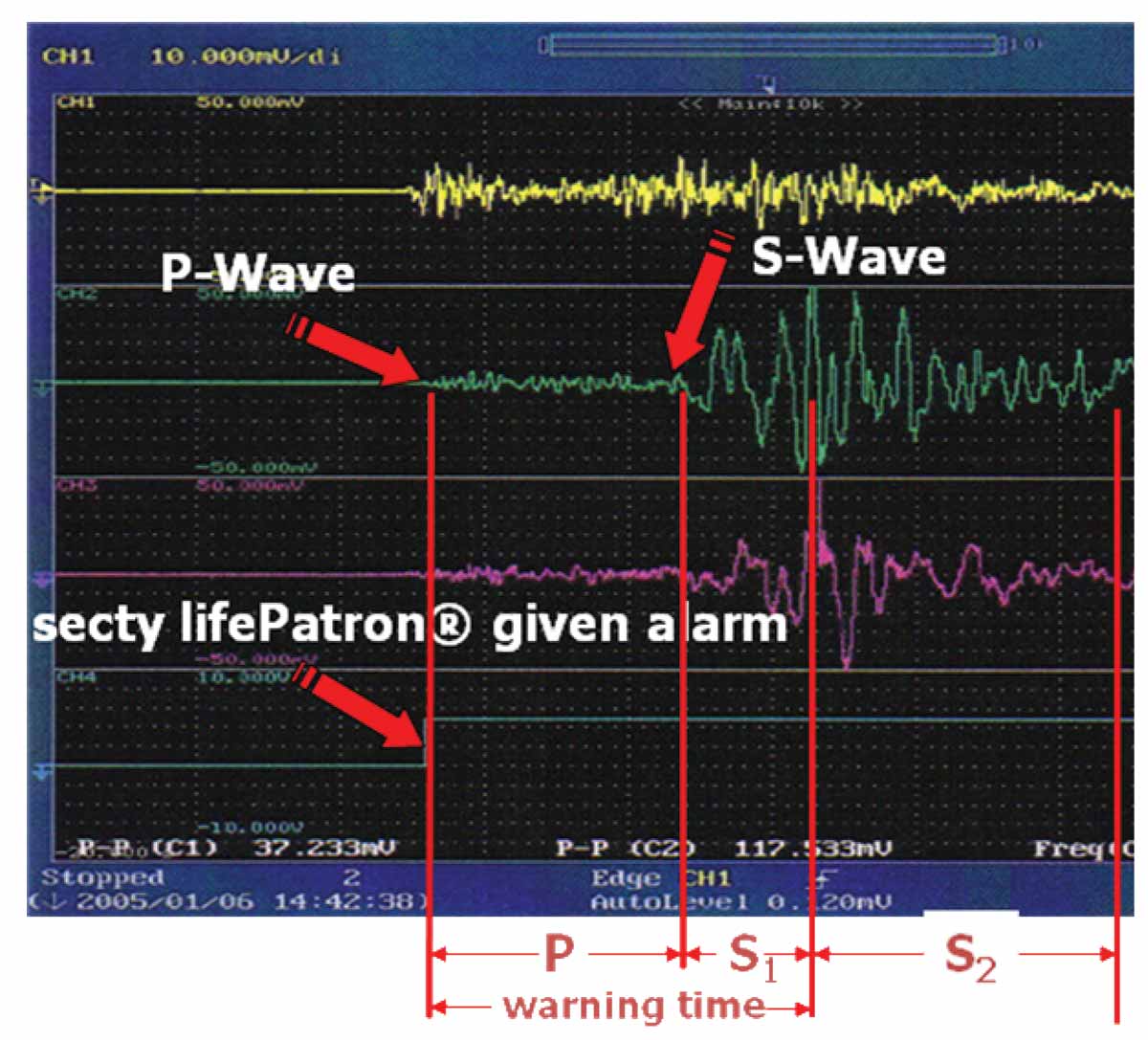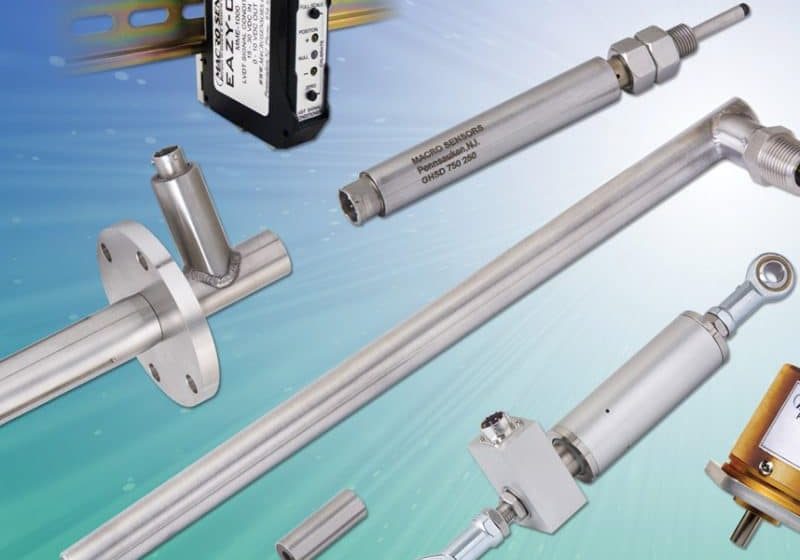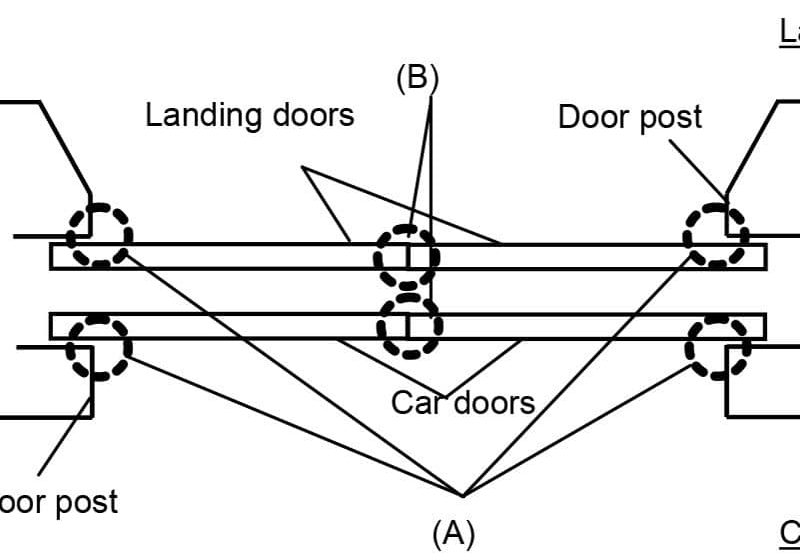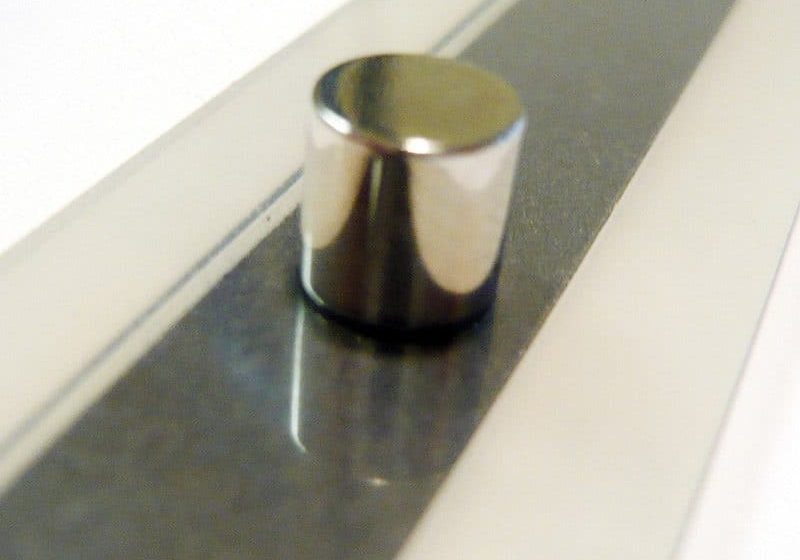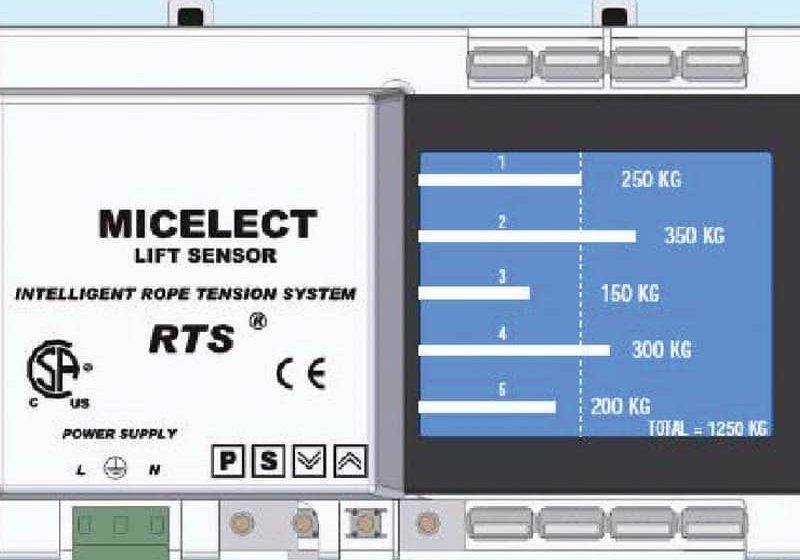An early-warning earthquake detection device capable of stopping elevators and putting building system safety measures into effect is examined.
by Jüergen Prybylak
Introduction
An estimated seven million people have lost their lives in earthquakes over the last 500 years. Seismologists record about 20,000 tremors annually. Experts agree that the millions of people residing in large earthquake prone metropolitan regions, in the near future, will be threatened by the disasters, for which they are not adequately prepared.
Despite improved building security measures through earthquake-resistant construction, thousands of people die in big earthquakes due to collapsing buildings and fires caused by ruptured gas pipes and live high- voltage wires. Unfortunately, many people do not know much about earthquakes and the various problems they can cause.
Earthquakes are temporary vibrations of the soil, spreading from their point of origin in different waves into all directions. Seismic waves are distinguished between primary (P) and secondary (S) waves. The P wave (normally non-destructive) travels in a predominantly vertical motion and has a velocity approximately twice that of the horizontal S wave, which normally has a larger displacement potential and has the motion most often associated with structural damage. While the precise speed of these waves from the earthquake focal area is dependent on geology and other factors, their relative speed differential remains somewhat constant. Thus, reliable detection of P waves provides an opportunity for an automatic warning of the impending arrival of the more damaging S wave. Consequently, the P wave always reaches the location of the system first.Magnitude
The international Richter scale describes the strength of an earthquake in its Hypocentre (the position where the strain energy stored in the rock is first released, marking the point where the fault begins to rupture) with the help of seismographs. The different magnitudes include:
- Earthquakes with a magnitude of 2.0 or less are described as micro and are not usually noticeable.
- 2.0- to 3.9-magnitude earthquakes are noticeable to most resting people.
- 4.0- to 5.2-magnitude earthquakes are noticed by most people.
- Earthquakes with a magnitude greater than 5.2 are noticed by all people.
A magnitude higher on the scale means the 32-fold release of energy (logarithmic increase). The commonly used Richter scale and other scientific expressions of earthquake magnitude are logarithmic scales used to quantify the amount of energy released by an earthquake. They are not engineering scales and are often confusing when comparing the effects of an earthquake at various distances from the epicenter (area on the earth’s surface toward which the earthquake energy is directed) or focus (origin of the rupture within the earth’s crust).
Intensity
Because the effects of an earthquake felt at specific distances from the epicenter vary widely, due to geology, soil conditions, fault rupture mechanism and other factors, the major consideration when contemplating potential damage is not the Richter scale, but rather the intensity of shaking experienced at the facility in question.
Complete Warning Time
The warning time (P and S1) is different for every earthquake. We look inside the first P wave peak and analyze its frequency, acceleration, and other properties. It takes a fraction of a second to analyze a wave. Once analyzed, the system then knows what the wave’s level of intensity will be when it reaches the site of the installed system. An alarm will trigger and direct all switching processes. The lower part of the diagram shows the switching impulse of the system. If the threshold value (intensity at the building) is higher than the adjusted value, the system will give an alarm. By doing this, it is possible to:
- Give an alarm before the earthquake occurs
- Shut off gas, electricity and water supplies
- Activate emergency power generators
- Park elevators
- Open safety doors and gates
- Switch traffic and tunnel lights off to stop traffic before the actual wave strikes
- Control railway signal installations
- Run data back-up programs
- Switch building management systems over to stop elevators, shut off gas, water valves and electricity.
Place for the Installation
To carry out an exact measure, the earthquake sensors must always be installed in the lowest floor of the building so that the direct assignment (earth/building) will transfer 1:1 into the sensor. A sensor that analyzes the vibrations at the installed position is inside every earthquake sensor. In the case of a transgression of the adjusted swelling value, the signal of a bus communication cable is sent to the master. The master cyclically scans all slaves and decides on the triggering of an alarm of all earthquake detectors in the connected system. The quantity of the earthquake detectors is dependent on the project.
Examples of the quantity of sensors:
- Private house: one master and two sirens
- Apartment with 10 flats: one master, one slave, one power supply and 10 sirens
- Shopping mall: one master and three to five slaves, with power supplies dependent on the sirens
- Control elevator by P wave: one master and one slave
We can park the elevator by P wave for a short time (for example, 2 minutes) in the next floor, and, in case of an S wave, the system can stop the elevator for control.
Description of the Devices
1. Earthquake detector master with display (EQm)
- The basic version of the Secty LifePatron® consists of a standalone device with one integrated, rechargeable battery for emergency power for two connected 105-decibel sirens to warn people of an impending earthquake.
- One potential free relay (≤230V) for gas supply shutdown by means of an electromagnetic gas valve or other switching processes
- Handling of the system is menu-driven through an LCD display (four X 20 characters), with a console integrated into the front cover of the housing. All pending information and indications are shown in the display. There is the option of observing the operation and control functions via TABD from a remote location (security center or gatekeeper).
- The system status is indicated visually by LEDs for operation, failure and alarm.
- Case dimensions: 217 X 250 X 122 mm
2. Earthquake detector slave (EQs)
- Redundant security
- For this purpose, EQs are connected via data lines in a master/slave arrangement. The master scans all slaves cyclically and decides on triggering an alarm. A maximum of 16 advance earthquake warning sensors can be connected
- Two sirens may be installed on each slave
- The system status is indicated visually by LEDs for operation, failure and alarm.
- Case dimensions: 217 X 250 X 122 mm
3. Power Supply
- zProvides low-voltage, via a low-voltage power/ electricity line. Two integrated, rechargeable batteries provide emergency power to secure the operation of the system in case of a power failure. Continued
- When the master reports an impending earthquake, the optical/acoustic alarm is triggered and sounded through the maximum six sirens connected to the power supply.
- Fifteen devices can be powered
- The system status is indicated visually by LEDs for operation, failure and alarm.
- Case dimensions: 281 X 290 X 147 mm
4. Energy Management System (EMS)
- The EMS system can control up to a maximum of eight different electronically operated energy systems and building installations (eight potential free contacts (≤230V).
- When the master reports an impending earthquake, an alarm is triggered that activates the EMS and immediately actuates all connected energy systems and electronic building and infrastructure installations.
- The system status is indicated visually by LEDs for operation, failure and alarm.
- Case dimensions: 217 X 250 X 122 mm
5. Central serving and control member (TABD)
- Control member in case the master doesn’t have a display
- Installation in a control/security room
- The system status is indicated visually by LEDs for operation, failure and alarm.
- Case dimensions: 120 X 200 X 57 mm
6. Board of Building Management
- This board comes in the master device.
- It has three potential free contacts (≤230V).
- Users can send the information for operation, failure and alarm to the existing building management system (BMS). From here, the BMS can control all things in the building.
Technical Description
Secty Electronics GmbH developed this device for the use of seismic warnings. The Secty LifePatron monitors the ground movement in three spatial directions and evaluates the vibration severity in view of the possible arrival of seismic waves that originate from large earthquakes. The GFZ German Research Centre for Geosciences has tested this product with respect to its sensitivity.
Sensor Technology
The electronic components used in the Secty LifePatron and the measuring accuracy linked with it were checked by comparative measurement. The components used require the terminal equipment to fulfill the following characteristics:
- Sensor: Tri-axial (X, Y and Z axes)
- Operating range: DC – 40 Hz
- Sensitivity: 1 V/g ± 4%
- Nonlinearity: <2.5%
- Cross sensitivity: <3%
- Noise: ~ 0.01 mps2
- Test temperature: -18°C to 51.5°C
Testing the Alarm by Exceeding Thresholds
The measuring system is to be used as a warning system in the event of an earthquake. It should not release false alarms. This is ensured by the following measures:
- Restriction of the analyzed signals to the frequency band
- The implanted analysis algorithm is designed for the detection of the P wave.
- The bottom switching for the supervision system amounts to 0.3 mps2.
- Redundant earthquake net monitoring – one master, 15 slaves (depending on the project)
- Adjustment for eight different thresholds
Earthquake Experiences in Different Countries with Alarm Systems
- Chile: A German school in Chile received an alarm 30 seconds before the P wave hit and one minute until the S1 hit.
- Haiti: A warning system was installed after the earthquake on January 29, 2010. On February 23, 2010, the system sent an alarm of a 4.7-magnitude aftershock, warning about 5,000 people.
- Pakistan: Four systems were installed in January 2009. A large 5.4-magnitude earthquake occurred on February 20, 2009, and the systems gave an alarm before the destructive S wave reached the people.
- El Salvador: In a German school in El Salvador, the system provided an alarm of an earthquake on April 4, 2008. The epicenter of the 6.1-magnitude earthquake was located in Guatemala, approximately 150 km from the school.
Conclusion
It is important that people receive warnings of destructive S waves. As a result, many affected people have agreed that it would have helped them to have a LifePatron warning system prior to their earthquake experience, even if it provided only a few seconds of warning.
Jüergen Prybylak is an electronic technician at Secty Electronics. He worked on the LifePatron project for six years in conjunction with GFZ-Potsdam scientists.
Get more of Elevator World. Sign up for our free e-newsletter.
